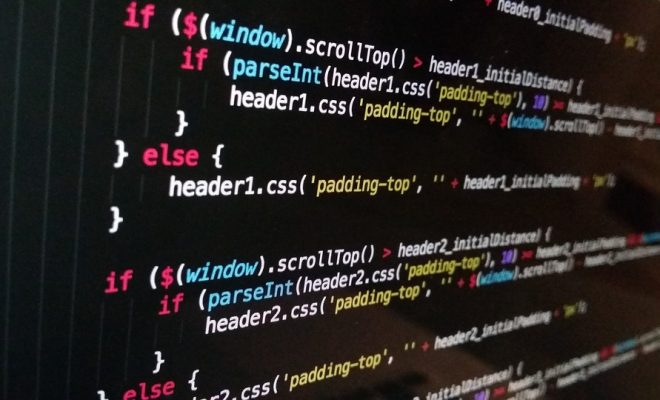Finding a way to get online connections for children in low-income housing

A new government effort aims to provide a home Internet connection to more than 200,000 children

Twenty-eight communities will launch new programs to provide low-income students with home Internet access, as well as mobile devices and educational software – but it’s not clear how many children will benefit.
The initiative, dubbed ConnectHome, was announced Wednesday in Oklahoma by officials of the White House and of the U.S. Department of Housing and Urban Development. The idea is simple: Provide free or low-cost broadband service to families in public housing projects, so that children there can connect to the Internet to tap educational resources. But making it work on the ground isn’t as easy as it sounds.
Efforts by schools to provide children with Internet connections at home have proven to be challenging, with difficulties in enrolling families, in keeping up maintenance of the connections and in making sure Internet speeds are fast enough to be useful. A story inThe Hechinger Report, “Getting kids online at home is key to closing the digital divide — and harder than you might think,” documented efforts by a school district in Washington that attempted to provide an online connection to students in a low-income housing project.
The pilot program announced Wednesday by the federal housing authority is described as a “proof of concept” program, to test the effectiveness of the initiative. The program is expected to reach about 275,000 households and nearly 200,000 children, according to the announcement from H.U.D. About $70 million in investments from nonprofit organizations and businesses are expected to help make it work. These partners signed on to provide resources such as tablet computers, Internet connections and on-site staff to facilitate use of these digital tools for educational purposes.
The program offerings vary by location. Some cities, such as Atlanta, Durham, N.C., Kansas City and Nashville, will provide free Internet access to “select” housing agencies. Others, such as New Orleans, Seattle and the Choctaw Nation in Oklahoma, will be provided with low-cost Internet connections.
The agency did not say how many of the 28 communities will receive free Internet access and how many will get low-cost access. Materials distributed about the program gave examples of how it would work, but not details on what each city would offer. A spokeswoman said she could not answer those questions completely on Wednesday.
The communities invited to take part in the program were selected through a competitive application process announced earlier this year. They are: Albany, Georgia; Atlanta; Baltimore; Baton Rouge, Louisiana; Boston; Camden, New Jersey; Choctaw Nation, Oklahoma; Cleveland; Denver; Durham, North Carolina; Fresno, California; Kansas City, Missouri; Little Rock, Arkansas; Los Angeles; Macon, Georgia; Memphis; Meriden, Connecticut; Nashville; New Orleans; New York City; Newark, New Jersey; Philadelphia; Rockford, Illinois; San Antonio, Texas; Seattle; Springfield, Massachusetts; Tampa, and Washington, D.C.
Related: As market surges, schools struggle to find the best tech products
This story was written by The Hechinger Report, a nonprofit, independent news organization focused on inequality and innovation in education. Sign up for our newsletter to get a weekly update onblended learning.
Nichole Dobo is a reporter and the blended learning fellow. Her work has been published in the Los Angeles Times, The Atlantic’s online edition, Mind/Shift, WHYY NewsWorks, Slate and in McClatchy newspapers.





